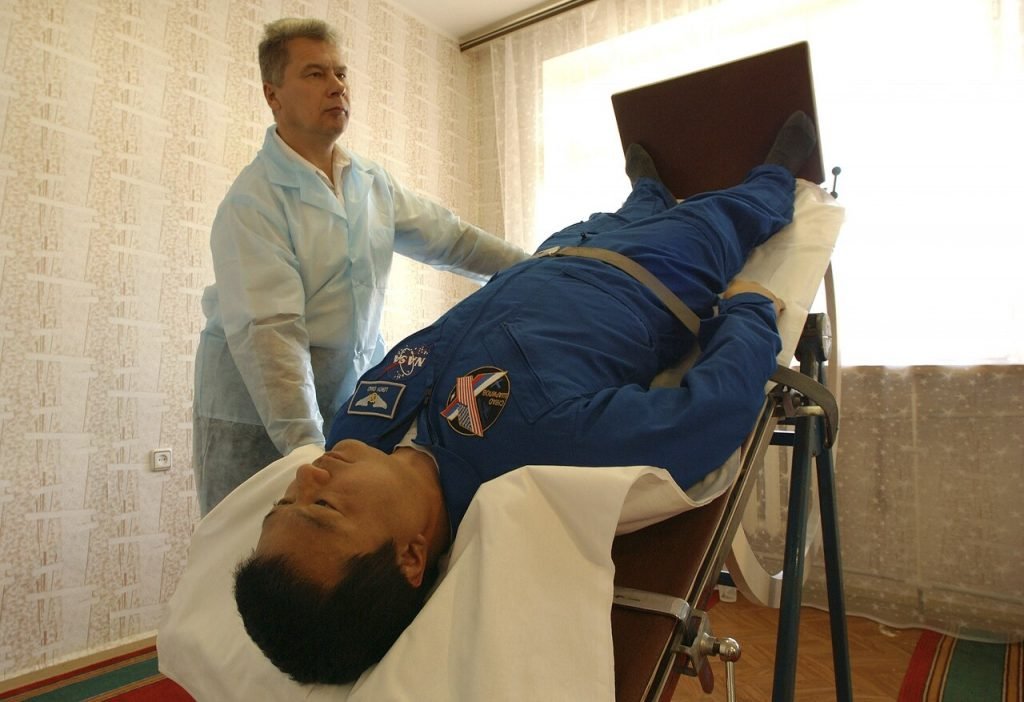Living with Postural Orthostatic Tachycardia Syndrome (POTS) can be overwhelming, especially when trying to navigate the complexities of the healthcare system. From finding knowledgeable providers to managing insurance and treatment plans, patients often face unique challenges that require persistence, advocacy, and education. This guide offers practical strategies for navigating the healthcare system with POTS, empowering you to take control of your care and improve your quality of life.
Understanding POTS and Its Impact on Healthcare Access
POTS is a form of dysautonomia—a disorder of the autonomic nervous system—that causes an abnormal increase in heart rate upon standing. Symptoms can include dizziness, fatigue, brain fog, palpitations, and gastrointestinal issues. Because POTS is often misunderstood or misdiagnosed, patients may struggle to find appropriate care.
Many healthcare providers are unfamiliar with autonomic dysfunction, which can lead to delays in diagnosis or ineffective treatment. This makes it essential for patients to become informed advocates for their own health, especially when navigating referrals, insurance approvals, and specialist care.
Do you follow a specific sleep routine for your POTS?
Finding the Right Healthcare Providers
One of the most critical steps in managing POTS is finding a provider who understands the condition. This may include:
- Primary Care Physicians / General Practitioner (PCPs or GP): Your Doctor can coordinate care and refer you to specialists.
- Cardiologists or Electrophysiologists: These specialists often handle the cardiovascular aspects of POTS.
- Neurologists: Especially those with experience in autonomic disorders.
- Gastroenterologists: For patients with digestive symptoms related to POTS.
- Physical Therapists: To help with exercise intolerance and rehabilitation.
When searching for a provider, look for those who mention dysautonomia or POTS in their specialties. Online support groups and advocacy organizations can be valuable resources for recommendations.
Preparing for Appointments
Because POTS symptoms can be complex and variable, preparation is key. Here’s how to make the most of your medical visits:
- Document Symptoms: Keep a symptom diary that includes triggers, severity, and duration.
- Bring Medical Records: Include previous test results, diagnoses, and treatment history.
- List Medications and Supplements: Include dosages and any side effects.
- Prepare Questions: Focus on treatment options, lifestyle changes, and referrals.
Being organized helps providers understand your condition more clearly and may lead to faster, more accurate diagnosis and treatment.
Navigating Insurance and Referrals
Insurance can be a major hurdle for POTS patients, especially when seeking specialist care or diagnostic testing. Here are some tips:
- Know Your Coverage: Understand what your plan covers, including out-of-network options.
- Request Prior Authorizations: Many tests and treatments require approval.
- Appeal Denials: If coverage is denied, you have the right to appeal with supporting documentation.
- Use Case Managers: Some insurance companies offer case managers who can help coordinate care.
Referrals are often necessary for specialists, so work closely with your Doctor to ensure paperwork is submitted correctly and promptly.
Diagnostic Testing and Challenges
Diagnosing POTS typically involves:
- Tilt Table Test
- Active Stand Test
- Blood Volume and Catecholamine Testing
- ECG and Holter Monitoring
Unfortunately, these tests are not always readily available, and some providers may not recognize their importance. Advocacy is essential—don’t hesitate to request specific tests or seek second opinions.
Coordinating Multidisciplinary Care
Because POTS affects multiple systems, a team-based approach is often necessary. Coordination between specialists can be challenging, but here’s how to streamline communication:
- Use Patient Portals: Share notes and test results across providers.
- Request Care Summaries: Ask each provider to send summaries to your Doctor.
- Schedule Follow-Ups Strategically: Space out appointments to allow time for adjustments and feedback.
Multidisciplinary care ensures that all aspects of POTS—from cardiovascular to neurological to gastrointestinal—are addressed.
Advocating for Yourself
Self-advocacy is crucial when navigating the healthcare system with POTS. Here’s how to be an effective advocate:
- Educate Yourself: Learn about POTS from reputable sources.
- Join Support Communities: Online forums and local groups offer advice and emotional support.
- Speak Up: If a provider dismisses your symptoms, seek another opinion.
- Track Progress: Monitor how treatments affect your symptoms and share updates with your care team.
Empowered patients often experience better outcomes and more personalized care.
Lifestyle Management and Support Services
In addition to medical care, lifestyle changes can significantly improve POTS symptoms:
- Hydration and Salt Intake: Increasing fluid and sodium helps stabilize blood pressure.
- Compression Garments: These can reduce blood pooling in the legs.
- Exercise Programs: Gradual, recumbent exercise can improve tolerance.
- Mental Health Support: Therapy and counseling help manage the emotional toll of chronic illness.
Support services such as social workers, disability advocates, and nutritionists can also play a role in holistic care.

GnarlyTree | CONNECTED CONDITIONS
Conditions That can Lead to Secondary POTS
🩺 Conditions Associated with Secondary POTS CategoryConditionsGenetic/Connective TissueEhlers-Danlos Syndrome, Chiari Malformation, Tethered Cord SyndromeAutoimmune DisordersLupus, Rheumatoid Arthritis, Sjögren's Syndrome, Multiple Sclerosis, SarcoidosisMetabolic/EndocrineDiabetes Mellitus, Adrenal Disorders, Vitamin B12 DeficiencyNeurological DisordersGuillain-Barré Syndrome,...
Frequently Asked Questions
What kind of doctor treats POTS?
Cardiologists, neurologists, and autonomic specialists are commonly involved in treating POTS.
Is POTS a mental health condition?
No, POTS is a physical disorder of the autonomic nervous system, though it can impact mental health.
Does insurance cover POTS treatment?
Coverage varies, but many treatments and tests require prior authorization or appeals.
Can teenagers have POTS?
Yes, POTS often begins in adolescence and is common among teens and young adults.
What lifestyle changes help with POTS?
Increased hydration, salt intake, compression garments, and tailored exercise programs are beneficial.
How do I find a POTS specialist?
Start with your Doctor for referrals, and use online support groups to locate experienced providers.
Final Thoughts
Navigating the healthcare system with POTS requires persistence, education, and self-advocacy. While the journey can be challenging, understanding your condition and building a supportive care team can make a significant difference. By staying informed, organized, and proactive, you can overcome barriers and take control of your health. Whether you’re newly diagnosed or have been managing POTS for years, remember—you’re not alone, and with the right tools, a better quality of life is within reach.



